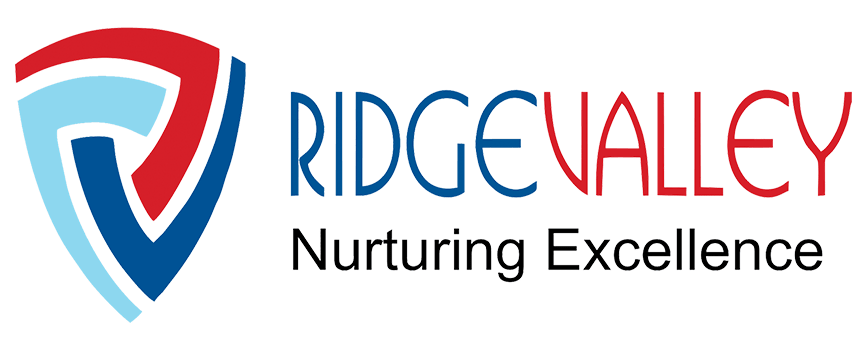Introduction:
Choosing the right school for a child is one of the most important decisions a parent can make. At Ridge Valley, the top school in Gurgaon where it is an educational hub that attracts families from across India, the Central Board of Secondary Education (CBSE) remains one of the most sought-after academic boards. Known for its structured curriculum, national recognition, and student-focused approach, CBSE schools prepare learners not just for board examinations but also for higher education and competitive exams.
Among the schools, what truly sets each apart is not only academic rigor but also the quality of facilities, teaching standards, and extracurricular opportunities. Parents today look beyond marksheets—they seek well-rounded institutions that shape confident, innovative, and globally aware citizens.
This article provides a comparative analysis of leading CBSE schools in the region, focusing on three key aspects: curriculum, facilities, and extracurricular activities.
About Us:
At our institution, excellence isn’t just a goal—it’s a standard. We strive to match and exceed benchmarks for curriculum rigor, facility design, and extracurricular breadth that define the top CBSE schools. Classrooms are technology-enabled; labs for robotics, AI, sciences, tinkering, and 3D design support hands-on learning. Sports amenities include outdoor fields and indoor arenas for chess, badminton, skating, basketball, tennis, golf, gymnastics, and more. We host inter-school expos, sporting tournaments, festivals, and arts showcases that allow students to explore diverse interests. Our well-maintained herbal garden, science park, and creative spaces ensure students get immersive learning beyond textbooks. With a strong focus on holistic growth—balancing academics, arts, sports, and character—every child is empowered to shine on multiple fronts.
The CBSE Advantage
Before diving into the comparison, it’s important to understand why CBSE continues to be a popular choice.
-
National Curriculum Alignment: Recognized across India, it ensures uniformity for families who may relocate frequently.
-
Competitive Exam Orientation: The syllabus aligns closely with entrance tests like JEE, NEET, and UPSC.
-
Balanced Curriculum: Focuses on academics while promoting extracurricular growth.
-
Global Recognition: Many CBSE schools have gained international partnerships, preparing students for global opportunities.
Parameters for Comparison
To evaluate the schools, three main parameters were analyzed:
-
Curriculum & Academics – Teaching methodologies, subject integration, innovation in pedagogy.
-
Facilities & Infrastructure – Classrooms, labs, libraries, digital tools, and campus design.
-
Extracurricular Activities – Sports, arts, clubs, leadership opportunities, and community service.
-
Curriculum & Academics
Traditional vs. Progressive Approaches
While all CBSE schools follow a structured national syllabus, their delivery varies. Leading institutions adopt progressive pedagogies such as inquiry-based learning, project-based assignments, and cross-curricular teaching. This ensures students develop critical thinking instead of relying solely on rote memorization.
Integration of Technology
Top schools invest in smart classrooms, AI-based learning platforms, and virtual simulations. For example:
-
Digital labs for science and coding.
-
Online learning portals to support self-paced education.
-
Use of data-driven assessments for personalized growth.
Teacher Training & Global Exposure
What distinguishes the schools is the emphasis on teacher development. Regular workshops, international collaborations, and exposure to global teaching practices ensure educators remain up to date.
Student-Centric Assessments
Instead of focusing solely on exams, leading schools evaluate through project work, group discussions, and practical applications. This approach reduces stress and nurtures holistic development.
-
Facilities & Infrastructure
Modern Classrooms
Airy, technology-enabled classrooms enhance learning experiences. Interactive boards, ergonomic furniture, and flexible layouts support collaborative activities.
Laboratories & Research Spaces
From robotics to biotechnology, well-equipped labs allow students to experiment and innovate. A strong STEM infrastructure is a common trait of the schools.
Libraries & Media Centers
State-of-the-art libraries house not only books but also digital resources, journals, and global reference material. This builds a culture of research and independent learning.
Sports Facilities
Sports are integral to holistic development. Leading schools provide:
-
Olympic-sized swimming pools.
-
Football fields and cricket pitches.
-
Indoor arenas for badminton, basketball, and skating.
-
Martial arts and yoga studios.
Safety & Well-Being
The best CBSE schools emphasize child safety with CCTV surveillance, secure transport, and dedicated wellness programs. Counseling and health facilities ensure students’ emotional and physical well-being.
-
Extracurricular Activities
Performing & Visual Arts
Music, dance, theatre, and fine arts are not just hobbies but integrated into the curriculum. Students get platforms to perform at inter-school and national levels.
Clubs & Societies
From robotics clubs to debate societies, top schools encourage participation in student-led groups that hone leadership and organizational skills.
Community Engagement
Many schools have social outreach programs that instill values of empathy and responsibility. Students participate in environmental drives, rural development projects, and charity initiatives.
International Exposure
Exchange programs, Model United Nations (MUN), and global competitions ensure children interact with peers worldwide. This exposure is crucial in shaping future-ready citizens.
Comparative Snapshot of Top Schools
While individual schools have unique strengths, a comparative snapshot reveals certain trends:
-
Curriculum Innovation: Schools that integrate STEAM (Science, Technology, Engineering, Arts, and Mathematics) outperform in preparing creative problem-solvers.
-
Facilities: Institutions with world-class sports complexes and digital infrastructure attract families seeking balance in academics and co-curriculars.
-
Extracurricular Breadth: Schools that offer cultural, leadership, and global exposure opportunities ensure students are not just academically successful but socially and emotionally intelligent.
The school consistently scores high across these benchmarks, making them highly competitive choices for parents.
Why Parents Choose Leading CBSE Schools
-
Consistency in Results: Track records in board exams and competitive entrances provide trust.
-
Future-Readiness: Integration of technology, global exposure, and life skills.
-
Balance: Equal importance to academics, sports, and personal growth.
-
Values & Culture: Strong emphasis on ethics, discipline, and community responsibility.
Challenges in Evaluation
Parents often find it difficult to choose among the schools because the differences can be subtle:
-
Some excel in academics but have limited extracurriculars.
-
Others shine in sports and arts but may not have cutting-edge labs.
-
Fee structures also vary, with premium institutions offering expansive facilities at higher costs.
The key lies in aligning school strengths with a child’s interests and aspirations.
Future Trends in CBSE Education
The landscape of CBSE education is evolving with several emerging trends:
-
AI-Driven Personalized Learning: Adaptive platforms tailoring education to individual student needs.
-
Green Campuses: Sustainability-focused schools with eco-friendly infrastructure.
-
Skill-Based Education: Emphasis on coding, entrepreneurship, and digital literacy from early grades.
-
Global Collaborations: Partnerships with international institutions to prepare students for higher studies abroad.
Schools that embrace these trends will continue to lead in educational innovation.
Conclusion:
The school represents a blend of academic excellence, modern infrastructure, and vibrant extracurricular opportunities. At Ridge Valley, the top school in Gurgaon where while each school has unique strengths, what unites them is a commitment to holistic development and preparing students for a dynamic future.
For parents, the decision should be guided not just by rankings but by alignment with their child’s personality, learning style, and long-term goals. Whether it is advanced STEM labs, outstanding arts programs, or international exposure, this CBSE schools provide diverse opportunities to nurture well-rounded global citizens.
By striking the right balance between curriculum, facilities, and extracurricular activities, these schools set benchmarks for quality education and remain the preferred choice for families seeking the best for their children.
FAQs:
Q1. What should parents focus on when comparing CBSE schools?
A1. Curriculum strength, teaching methodology, extracurricular options, infrastructure, and placement records are key parameters.
Q2. Why are extracurricular activities important in evaluating schools?
A2. They nurture creativity, leadership, and confidence, balancing academics with holistic growth.
Q3. How do facilities influence student learning outcomes?
A3. Modern labs, digital classrooms, libraries, and sports complexes give students diverse opportunities to excel.
Q4. Do all top CBSE schools follow the same curriculum?
A4. While the CBSE framework is uniform, schools differ in how they enrich it through experiential learning and global exposure.
Q5. How can parents assess which school is the best fit?
A5. Visiting campuses, attending orientation programs, and evaluating student-teacher ratios help in making informed choices.
Q6. Is academic excellence the only factor to consider?
A6. No—schools excelling in co-curriculars, safety, values, and innovation should be prioritized for a balanced education.










